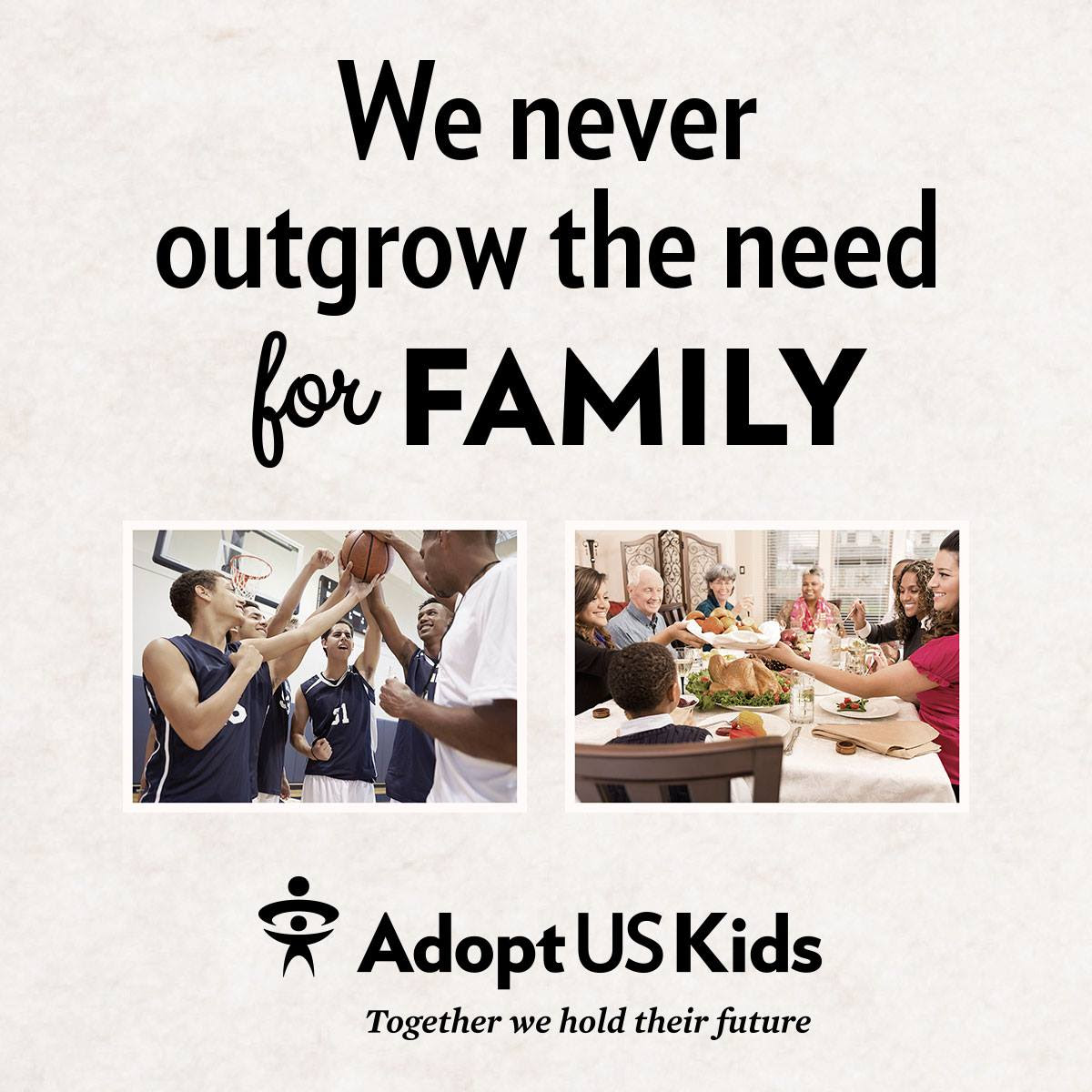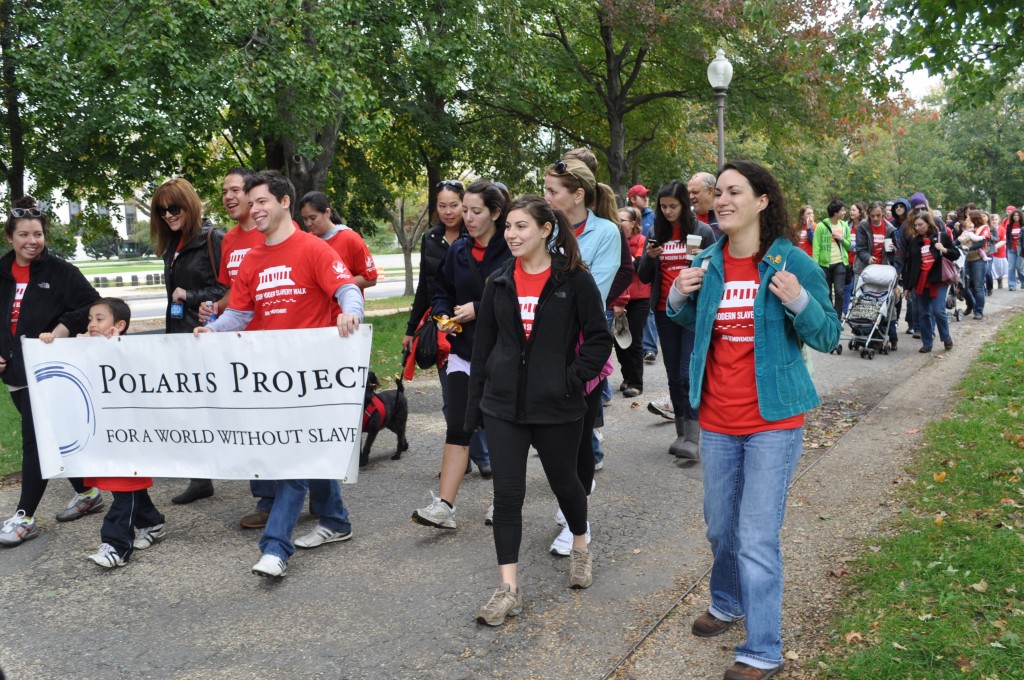Looking to give a beautiful, unique gift this year? Maybe you want to do something even better then that- maybe you want to give a gift that gives back. World Vision lets you do both- you can not only give beautiful gifts that the gift-ee will love, but when you buy, your money goes to those who need it most. World Vision is Fair Trade, and helps artisans make a living wage that they can raise their families on.
 |
African Soapstone Box – New to the 2014 World Vision Gift Catalog, the hand-carved African Soapstone Box is a safe place to store necklaces and rings. Coated in light blue with an image of a giraffe, this ornate box features pretty details that will complement nearly any decor. Donations go toward the Kenyan artisans who crafted the box to help provide medical care for their families. $85
 |
Royal Silk Scarf – A recent addition to the Catalog, this gorgeous silk scarf adds color to the holidays and supports the needs of children and families worldwide, including those in the community where it was crafted; the luxurious silk was woven by Vietnam’s Ma Chau villagers, who receive fair wages & sustainable income through their craft. $95
[Read more…]

















